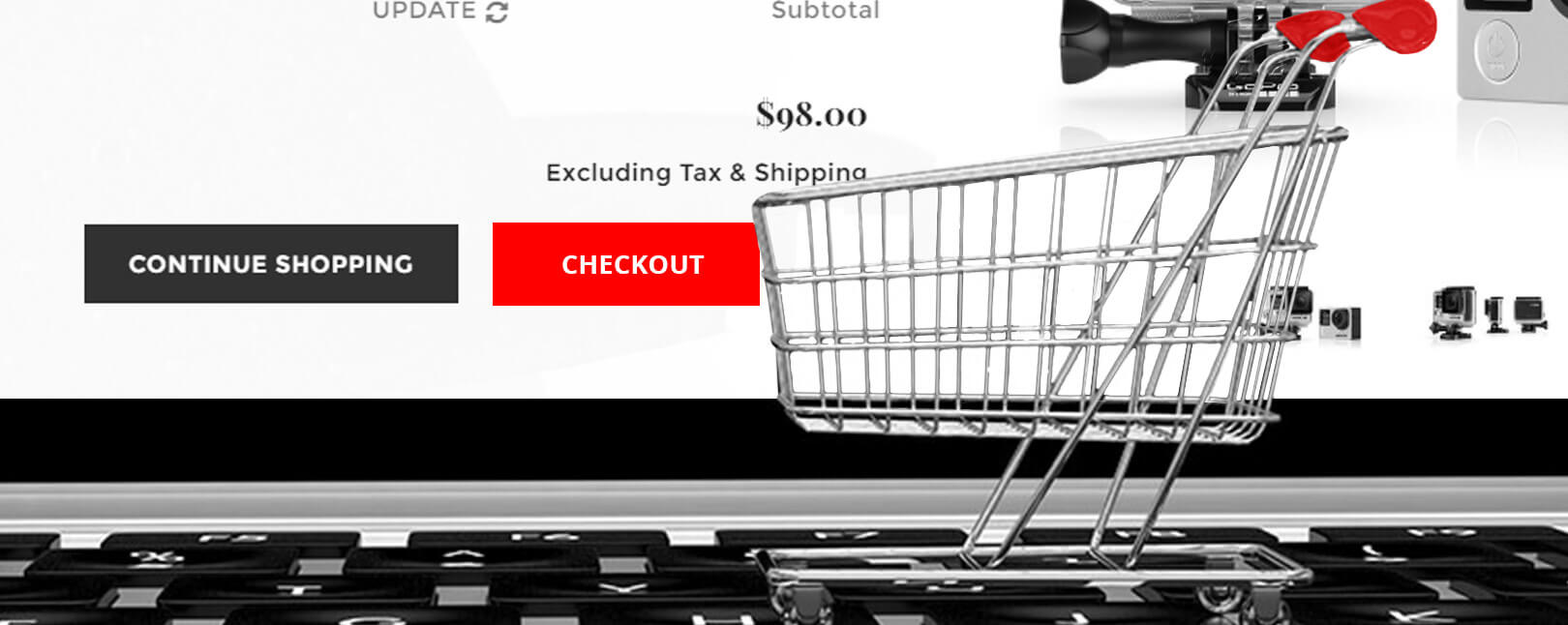Successful Marketing Strategies, Popular Products, and More Consumer Preferences
The 2016 holiday shopping season has already proven to be one of the most impressive of recent years. What consumer preferences and buying behaviors are driving merchants’ success this year?
Noteworthy Statistics from Thanksgiving, Black Friday, and Cyber Monday
During the Thanksgiving holiday weekend, online merchants generated numerous noteworthy statistics.
- Online merchants reported $8.66 billion in sales; $1.93 billion on Thanksgiving, $3.34 billion on Black Friday, and $3.39 billion on Cyber Monday.
- Mobile retail on Black Friday totaled $1.2 Billion, the first day in history that mobile consumers spent more than $1 billion.
- Millennial shoppers comprised 62% of total holiday shoppers. Eight out of ten millennials in the U.S. made an online purchase over the weekend.
- The average online shopper spent a total of $289.19 between Thursday and Sunday. This is a slight decline of about 5% as compared to 2015.
- 91% of consumers had not finished holiday shopping by the end of Black Friday week. 44% still had a lot of shopping to do or had not even started yet.
Top-Selling Products This Holiday Shopping Season
According to the Consumer Technology Association, one out of every four American adults—61.7 million people—either bought or planned to buy a tech product before the end of Cyber Monday week.
Among those purchases, the top ten product categories include:
- Televisions
- Tablets
- Smartphones
- Videogame Consoles
- Tech Accessories
- Laptops
- Headphones
- DVD/Blu-Ray Players
- Portable Bluetooth Speakers
- Digital Toys
Televisions and videogame consoles are perennial consumer favorites each year, however, shoppers also showed a great deal of interest in new and emerging tech devices and trends. Items such as virtual reality devices, drones, and smart home devices all generated a great deal of attention.
InfoScout examined sales activity at five of the leading retailers in the U.S.—Walmart, Target, Best Buy, Costco, and Sam’s Club. Per their survey, the top-selling item at each of these retailers in terms of dollar amount was:
- Walmart: Philips 55” 4K Smart TV
- Target: Xbox One S 500GB Minecraft Bundle
- Costco: Xbox One S 500GB Minecraft Bundle
- Best Buy: Sony PlayStation 4 Uncharted Bundle
- Sam’s Club: Vizio SmartCast 70” 4K Home Theater Display
Looking at the eCommerce environment more broadly, Adobe’s data shows the top-selling products by unit in two of the top product categories—toys and consumer electronics:
| Top-Selling Toys Black Friday |
Top-Selling Toys Cyber Monday |
Top-Selling Electronics Black Friday |
Top-Selling Electronics Cyber Monday |
| LEGO Creator Sets | LEGO Creator Sets | Apple iPad | Sony PlayStation 4 |
| Sony PlayStation 4 | Shopkins | Samsung 4K Smart TV | Microsoft Xbox One |
| Nerf Guns | Nerf Guns | Apple MacBook Air | Samsung 4K Smart TV |
| DJI Phantom Drone | Little Live Pets | LG 4K TV | Apple iPad |
| Barbie Dreamhouse | Barbie Dreamhouse | Microsoft Xbox One | Amazon Fire Tablet |
Video games are an exceptionally hot commodity this year. The PlayStation 4 has remained the best-selling console through the holiday season, while new installments to the still wildly-popular Pokémon and Call of Duty franchises are the best-selling games of the season. However, other game-related products, along with several toys and electronics, are in such high-demand this year that retailers could not keep a sufficient stock.
Fulfillment issues arise every year. However, out-of-stock responses to online consumers’ purchase attempts were lower overall compared to the same period in 2015.
While these instances increased by nearly 2% on Thanksgiving, they showed YoY declines during Black Friday and Cyber Monday of 1.5% and 0.7% respectively. Overall, out-of-stock responses stood at daily totals of 8.6% on Thanksgiving, 10.5% on Black Friday, and 12% on Cyber Monday.
Adobe identified several of the products most likely to be out-of-stock on both Black Friday and Cyber Monday this year. These included:
| Black Friday | Cyber Monday |
| Nintendo NES Classic | Beats by Dre Solo2 Bluetooth Headphones |
| PlayStation VR Bundle | Garmin Vivofit Jr. |
| PlayStation 4 “Call of Duty: Black Ops” Bundle | Nintendo 2DS “Yo-Kai Watch” Bundle |
| Beats by Dre Solo2 Bluetooth Headphones | Dell Inspiron 15 3000 Laptop |
| Nintendo 3DS XL “Pokemon” Edition | Hot Wheels Super 6 Lane Raceway |
| Xbox One S “Madden NFL 17” Bundle | Fisher-Price Thomas & Friends Take-n-Play |
| Razor Hovertrack 2.0 | Shopkins Kinstructions Ice Cream Shop |
| Kurio Smartwatch | Nikon D5300 Camera |
| LEGO Star Wars Playset | KitchenAid Professional Mixer |
Most Effective Marketing Strategies for 2016
With the holiday shopping season expanding in length and consumers inundated by sales for a longer amount of time each year, merchants face greater challenges to draw and retain consumers’ attention.
While traffic from search ads, as well as direct traffic, remained the largest contributors to overall sales totals, both represented a smaller share of sales compared to the same time the previous year. The influence of search ads declined by 4.3% on Black Friday and 4.5% on Cyber Monday compared to holiday averages, while direct traffic fell by 9.6% and 2.2% respectively.
This is the result of greater consumer preferences for alternate forms of marketing. Merchants relied on various marketing approaches to reach higher sales volume this year.
Consumer Preferences Driving eCommerce Sales
Evidence from recent years indicates the popularity of eCommerce sales is gradually replacing traditional brick-and-mortar shopping. As evolving consumer preferences continue to drive annual holiday shopping trends, merchants must remain as agile as their customers.
By anticipating consumer preferences and emerging industry trends, dynamic merchants can optimize their earning potential.
If you’d like help identifying the best sales strategy to optimize revenue, decrease risk and avoid return fraud, contact Chargebacks911®. Our eCommerce experts are ready to create a customized strategy that can be implemented without delay.
There is still plenty of time left in the weeks between Black Friday and the close of the holiday season. Merchants can reflect on available data, examine what has been found successful, and adjust to ensure a greater portion of consumer spending.
Which marketing techniques did you find most effective this holiday season? What product categories drew the most attention from consumers? Leave a comment to join the discussion.










